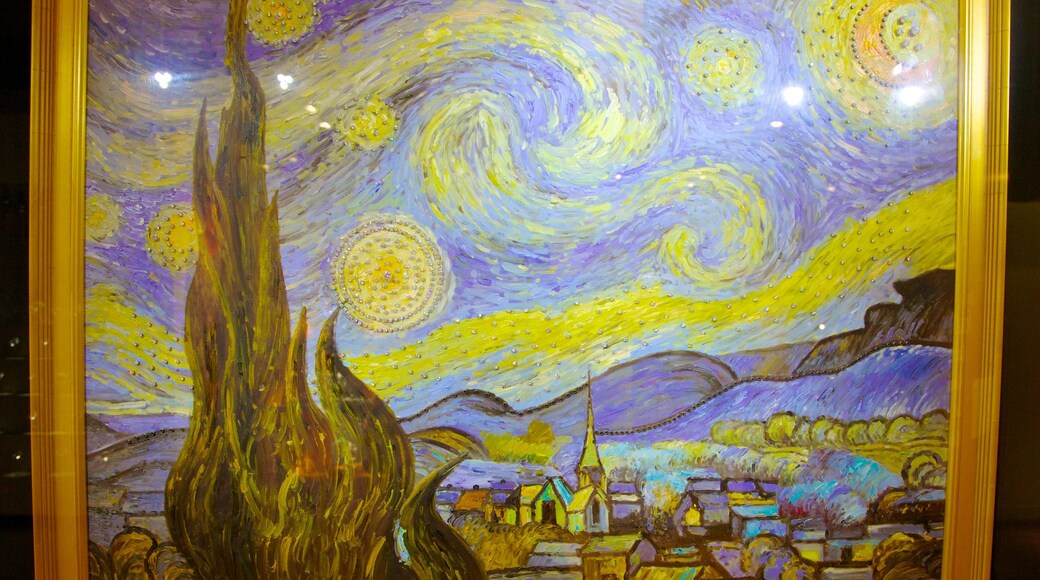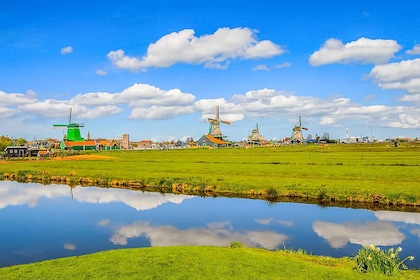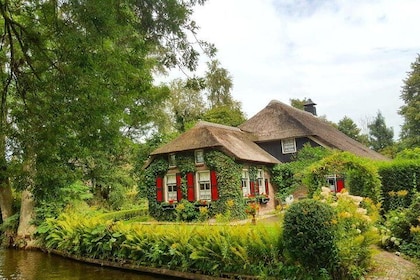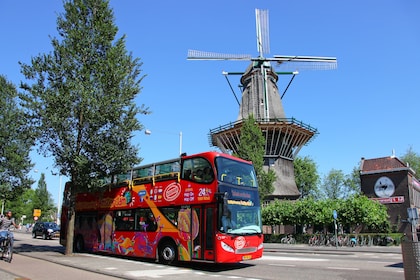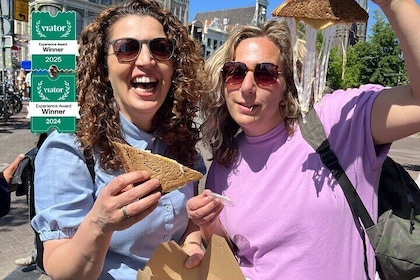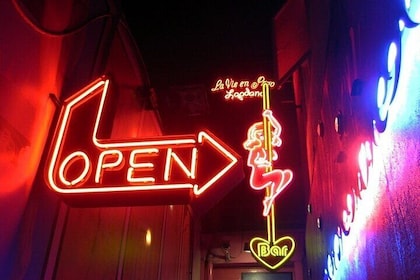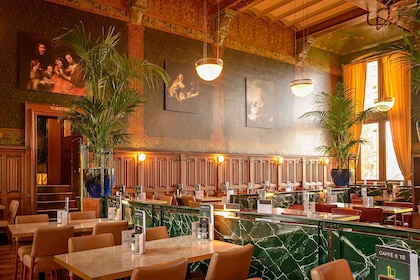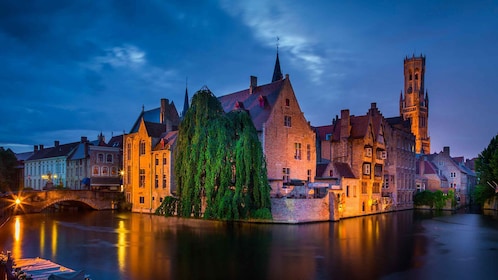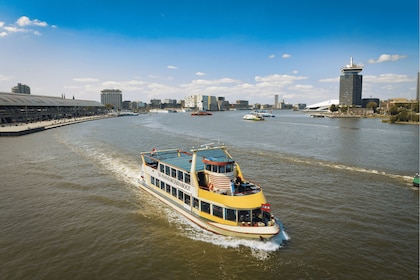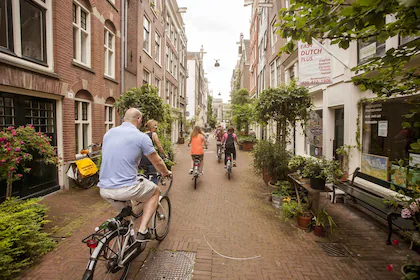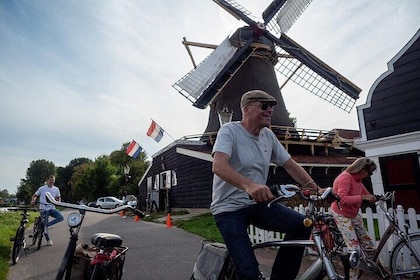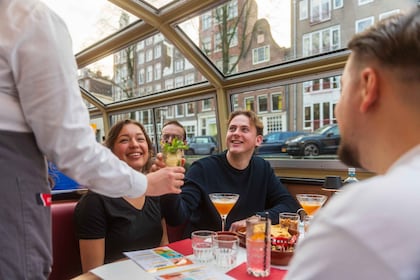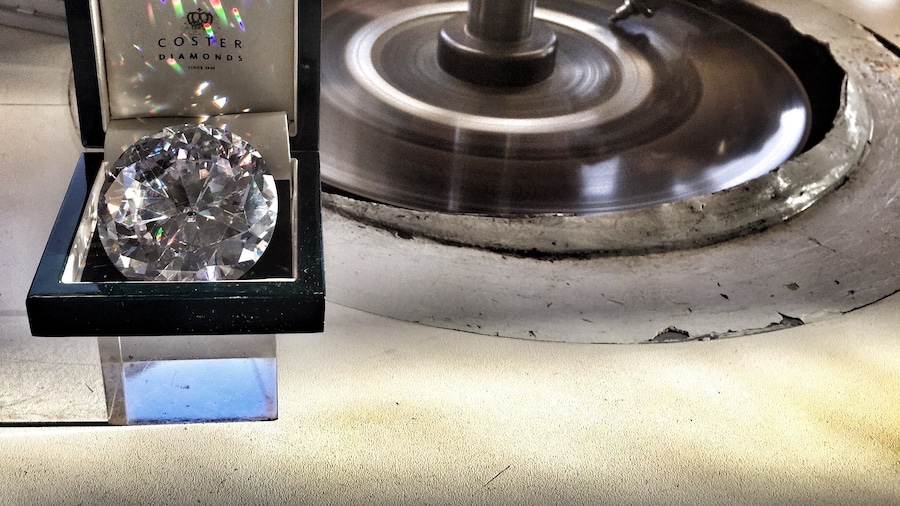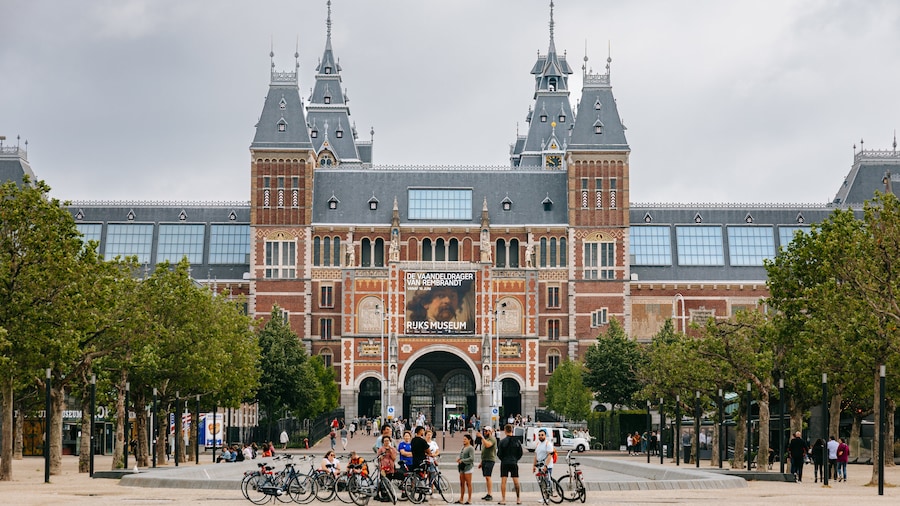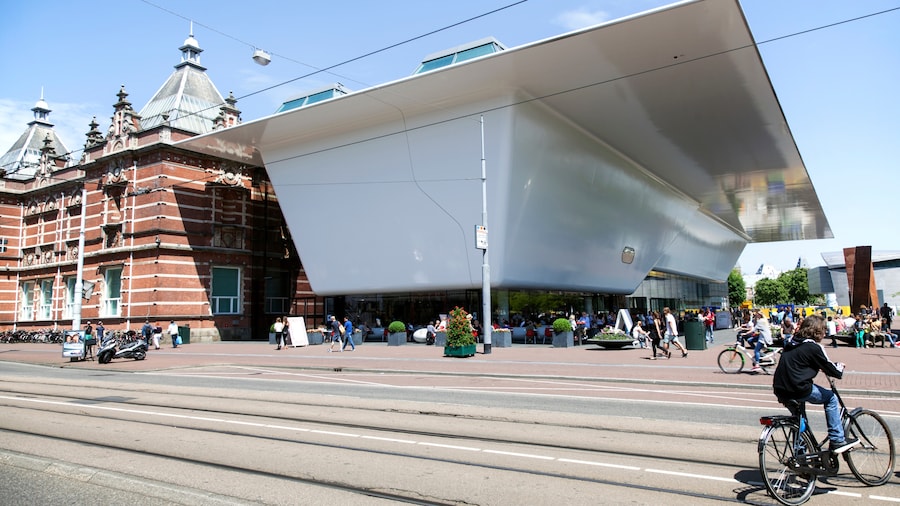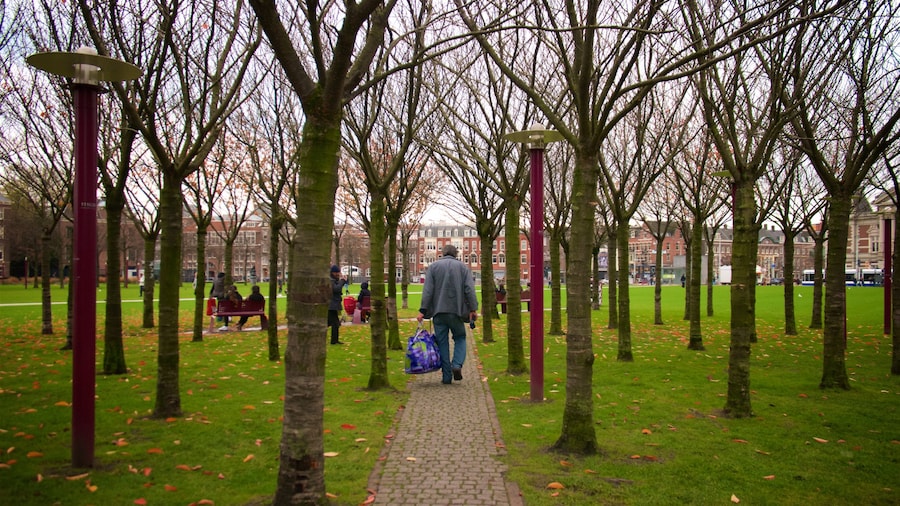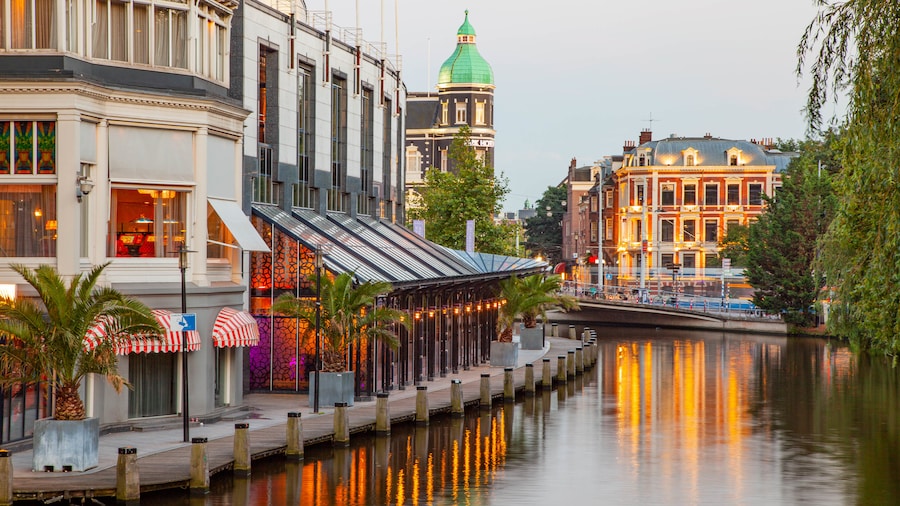If you’re looking for a bit of sparkle, the incredible stones forming the centrepiece of the city’s famous exhibition on the diamond trade are not to be missed.
Amsterdam was previously at the centre of the diamond trade for more than four centuries, but the journey you’ll discover at the Diamond Museum actually started around three billion years ago, at a depth of around 200 kilometres beneath the earth’s surface. The display of some of the world’s most brilliant gems is pretty spectacular.
Diamond production in this city was developed thanks to generations of skilled diamond polishers drawn mainly from Jewish families. With the tragic consequences of World War II, many Dutch Jews were murdered by the Nazi invaders, or driven from the country. This had huge implications for the diamond industry, but it still remains active today.
The Diamond Museum exhibits will take you on a journey through all stages of formation and production of the most prized gemstones in the world. Start with a short film about the mineral structure and the mining and distribution processes. You’ll see examples of different crystals on display, demonstrating the diamond’s incredible unparalleled hardness of the diamond. Find out about the importance of the 4 Cs: carat, clarity, colour and cut, that determine this stone’s intrinsic value.
Take in the stunning exhibition themed around the House of Oranje-Nassau, with many replicas of pieces from this famed collection of jewellery of the Dutch royal family. Learn all about the most notorious diamond robberies, and find out how to tell the difference between a real diamond and a fake. Gain an insight into how South African company De Beers became the largest producer of rough diamonds in the world.
Marvel at the Katana Sword, the work of Dutch glass artist Monique Zegerius, and jewellery designer Lilly B. It has 1,967 diamonds and 494 rubies set into a Murano glass sword, and is embellished with 18 carat yellow and white gold. There are also temporary exhibitions of famous jewellery pieces borrowed from the best collections from around the world.
The Diamond Museum is open daily, and you should allow one hour for a full visit. The closest tram stop is Hobbemastraat, or you can take the canal boat tour to Rijksmuseum and walk from there. Car parking is available in the city centre, but spaces are limited.




